Suborder Serpentes Scientific name Leptotyphlops Order Scaled reptiles | Subphylum Vertebrata Family Leptotyphlopidae Phylum Chordata Rank Genus | |
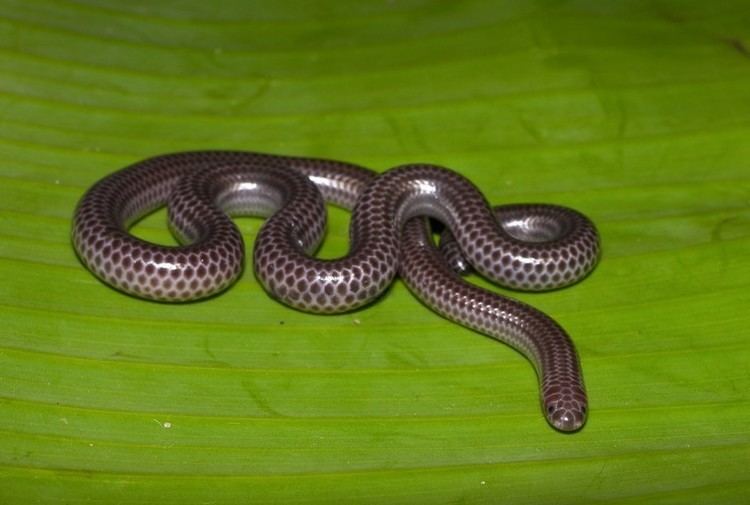 | ||
Length Barbados threadsnake: 10 cm Lower classifications Barbados threadsnake, Leptotyphlops dulcis, Leptotyphlops humilis, Leptotyphlops macrorhynchus, Leptotyphlops bilineatus | ||
Smallest snake with kid leptotyphlops carlae
Leptotyphlops is a genus of nonvenomous blind snakes, commonly known as slender blind snakes and threadsnakes, found throughout North and South America, Africa, India and southwestern Asia. Currently, 87 species are recognized.
Contents
- Smallest snake with kid leptotyphlops carlae
- Black blind snake leptotyphlops goudotii mvi 0163
- Description
- Geographic range
- Behavior
- Diet
- Species
- Taxonomy
- References
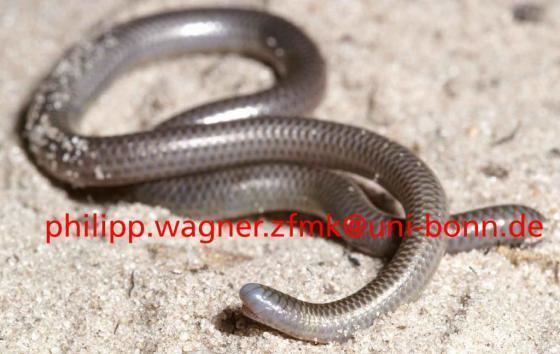
Black blind snake leptotyphlops goudotii mvi 0163
Description
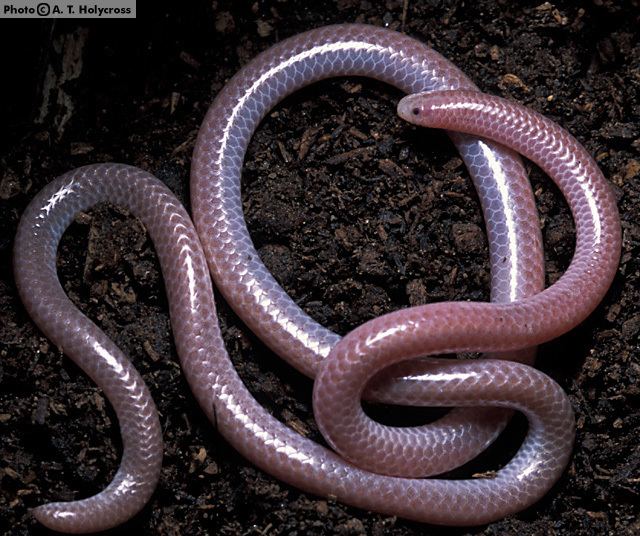
Most species look much like shiny earthworms. They are pink or brown, and their scales give them a segmented appearance. Other species are black in color, but have the same general body structure. Their common name comes from the fact that their eyes are greatly reduced almost to the point of uselessness, and hidden behind a protective head scale. The species which are called thread snakes are so named because of their very narrow, long bodies.
Geographic range
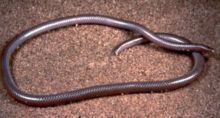
Found in the Americas, Africa, India and southwestern Asia. In the Americas from the southwestern United States, south through most of Central and South America as far as Uruguay and Argentina. Also found on San Salvador Island in the Bahamas, in Haiti, the Dominican Republic and in the Lesser Antilles. Also found on Socotra Island.
Behavior
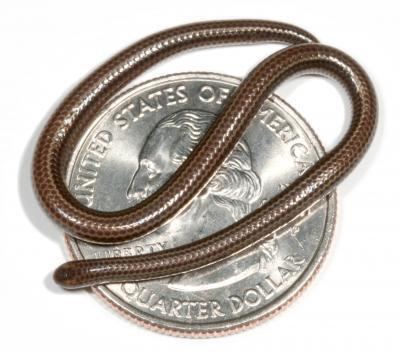
All blind snakes are burrowing snakes, spending most of their time deep in loose soil, typically only emerging when it rains and they get flooded out.
Diet
Their primary diet is ant and termite larvae.
Species
*) Not including the nominate subspecies.
T) Type species.
Taxonomy
Two new species, L. breuili from Saint Lucia and L. carlae from the Caribbean island of Barbados, were described by Hedges (2008). At only 10 cm (4 in), L. carlae is believed to be slightly smaller than L. bilineatus, and thus to be the world's smallest snake.
